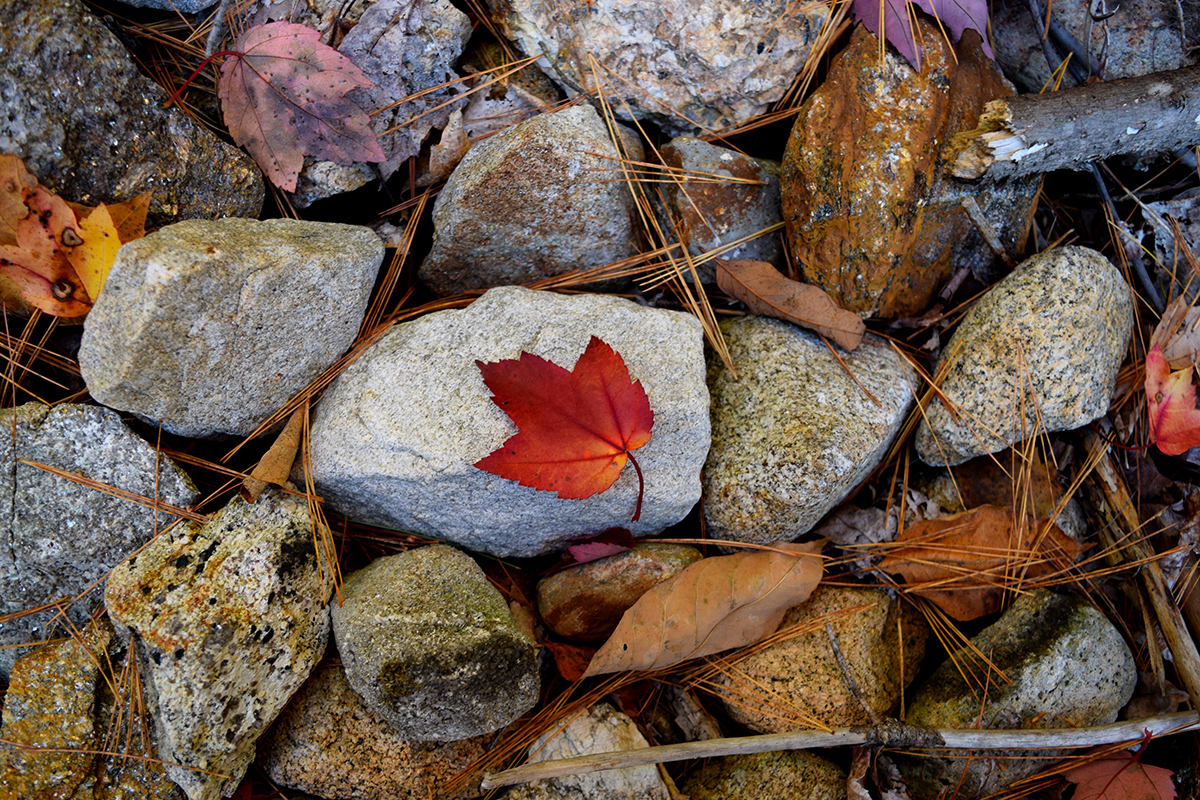Learn the Science Behind Fall Foliage

Fall foliage is a special time for New Hampshire residents as it marks the changing seasons and brings brilliant color to what might otherwise feel like a dreary and dark time of year. It’s almost as if the trees are kissing summer goodbye with bold colors and welcoming late fall and winter!
If you’re looking for a mix of science and true tree appreciation, who better to talk fall foliage season with than foresters? Karen Bennett, Extension professor, emeritus and Steve Roberge, Extension state specialist in forest resources, offer their expertise on the science behind fall foliage and their tips for fully enjoying the boldest season our forests have to offer.
The Science Behind Color Changes
The science of fall foliage is really about trees getting ready for winter’s harsh cold. Broadleaf hardwood trees do this by losing their leaves so they won’t freeze when temperatures drop.
Biologically, leaves exist to provide food for the tree, and they do this throughout the spring and summer months with the use of chlorophyll—the green pigment used by the tree to make its food. Leaves make food by taking carbon out of the carbon dioxide in the air and using it to make sugar and starches.
Shorter days as we move toward winter, signal the tree to stop making food and it stops making chlorophyll. This allows other pigments, called carotenoids to be unmasked, which reveals colors like orange and yellow. In other words, carotenoids, or yellow and orange colors, are always there in the leaves, but they’ve been covered by the green chlorophyll.

Another pigment in the leaves — one that is not found in leaves year-round – is anthocyanins, which create red colored leaves. Anthocyanins, the same pigments found in blueberries and cranberries, are made when we start to see shorter days and longer nights.
The process of creating anthocyanins happens when we have sunny days and trees are making lots of sugars. When these sunny days are followed by cold nights, these sugars can’t exit the leaf and go into the tree, so they get trapped in the leaf, which makes the red pigment. If the weather conditions are right, anthocyanins will turn the yellow white ash leaves a purplish red and deepen the reds of red maples, sumac, Virginia creeper and blueberries.
How Foliage Season Ends
Fall foliage season will end when fall winds and rains in late October and early November take the leaves from the trees. Biologically, this is due to the creation of the abscission layer between the twig and the leaf itself. This layer of cells is weak and can’t hold on to the leaves, allowing leaves to be blown from trees during wind and heavy rains. The process that allows leaves that were once holding tight during summer months to suddenly fly free happens because the leaf no longer needs to take up nutrients and water or send back sugars and starches into the tree.